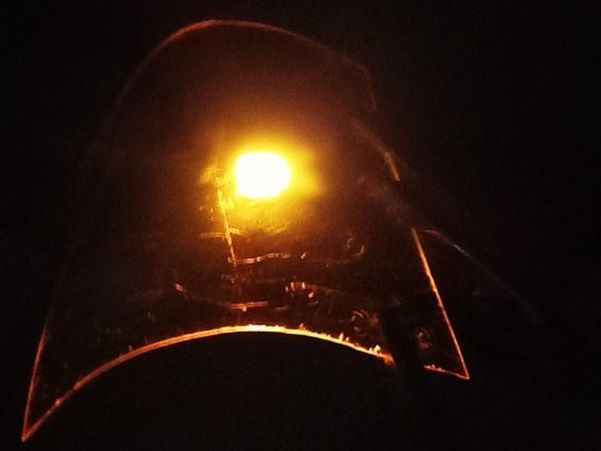Promega and Leica Microsystems Sign Agreement to Develop Fluorescent Ligands Enabling Live Cell Imaging at the Sub 100 nm Range
Promega Corp. announced that it has signed an agreement with Leica Microsystems to enable fluorescent imaging of proteins in live cells. Under the terms of the agreement, Promega will develop fluorescent ligands for its HaloTag fusion proteins, that will be used to label proteins within live cells so that they can be visualized with Leica's TCS STED (stimulated emission depletion) superresolution microscope. Developed in the laboratory of Dr. Stefan Hell of the Max-Planck Institute in Germany, STED microscopy enables the investigation of structural details below the 100nm range.
Commonly used fluorescent proteins such as GFP are not optimal for use with high-powered STED technology as they are prone to photobleaching and lack appropriate spectral properties. In addition, alternative methods of labeling proteins with fluorescent antibodies are only applicable for fixed cells. Therefore, the agreement between Promega and Leica Microsystems will enable imaging of proteins within live cells at sub 100nm range.
Promega has been working with Leica Microsystems since 2006 to develop novel ways to label proteins within cells using its proprietary HaloTag® technology.
Other news from the department business & finance

Get the chemical industry in your inbox
By submitting this form you agree that LUMITOS AG will send you the newsletter(s) selected above by email. Your data will not be passed on to third parties. Your data will be stored and processed in accordance with our data protection regulations. LUMITOS may contact you by email for the purpose of advertising or market and opinion surveys. You can revoke your consent at any time without giving reasons to LUMITOS AG, Ernst-Augustin-Str. 2, 12489 Berlin, Germany or by e-mail at revoke@lumitos.com with effect for the future. In addition, each email contains a link to unsubscribe from the corresponding newsletter.
Most read news
More news from our other portals
Last viewed contents

A candlelight-like glow from a flexible organic LED
Mustard_plant
First-ever videos show how heat moves through materials at the nanoscale and speed of sound

























































